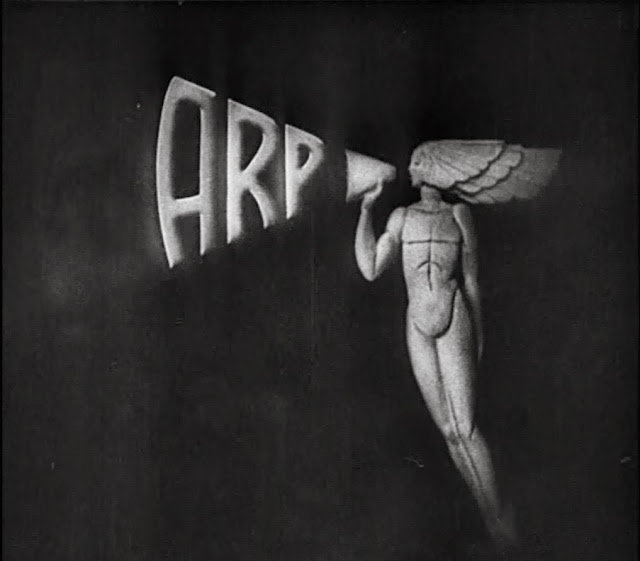The Nanny (1965)
 |
| Bette Davis |
Whilst Hammer Films might be best known for their output of richly coloured horror films, for many it is black and white psychological thrillers, such as The Nanny, that were actually their best films. And on viewing this for the first time, I agree that it's a strong argument.
Directed by Seth Holt, from a Jimmy Sangster script based on a novel by Evelyn Piper, it's the story of a sinister nanny (played by Bette Davis) who can only be described as the antithesis of Mary Poppins: if this nanny turns up in your home, you know you aren't going to be dancing on the rooftops with Dick Van Dyke - more likely you'll be jumping off the roof (with just a little bit of help ...).
Nanny works for Mrs and Mrs Fane (James Villiers and Wendy Craig):
 |
| James Villiers |
 |
| Wendy Craig |
 |
| Wendy Craig |
They are a rather dysfunctional family: Mr Fane is cold and distant, Mrs Fane is in the throes of a nervous breakdown and teetering on the brink of madness, their son Joey (played by William Dix) ...
 |
| William Dix |
... is a mischievous child recently released from a special school after being blamed for the death of his sister (played by Angharad Aubrey). Added to the mix is Bette Davis who was formerly the nanny to Mrs Fane and her sister Pen. Let's just say that the passing of the years hasn't really undermined their old relationship and the situation is less than normal. This is most certainly not a healthy relationship:
 |
| Bette Davis & Wendy Craig |
 |
| Bette Davis & Wendy Craig |
I won't give away the twists and turns in the film but will say there were certain images that were highly effective, courtesy of director Seth Holt (whose work held such promise and was so impressive in Nowhere to Go - see my earlier post) and Bette Davis who gives a chilling performance:
 |
| Bette Davis |
 |
| Bette Davis |
Watching a performance like this makes one realise why some performers truly deserve their reputations: Bette Davis has such control of her scenes, displaying her malevolent power with a simple movement of her eyes or tilting of her head.
The nanny's place in the world - as a figure from the past, whose time has run out - is clearly set out by the director: Every room of the house is modern - the kitchen ...
... the hall ...
... and the living room ...
... but not Nanny's room ...
When we see Mrs Fane being comforted by Nanny, Wendy Craig is crying on a bed with modern covers:
 |
| Bette Davis and Wendy Craig |
... but seen from Mrs Fane's perspective, Nanny is framed by old fashioned wallpaper:
 |
| Bette Davis |
The contrast couldn't be more clearly made.
For much of the film the viewer is kept guessing as to the truth of the situation within the Fane household. In a carefully composed shot, the director allows the viewer to consider the balance of their relationships:
 |
| William Dix and Bette Davis |
Who is trapped by these bars? Is Joey trapped by his family's trust in Nanny? Is Nanny trapped by her position within the household, meaning she is no longer in touch with the outside world? Or is the whole Fane family trapped by Nanny's influence over Mrs Fane?
It's a question that the viewer will enjoy pondering.
-------------------------------------------------------------------------------
Others appearing in the film are:
 |
| Maurice Denham |
 |
| Jill Bennett (the 4th wife of the John Osborne) |
 |
| Pamela Franklin - a typical fourteen year-old girl's bedroom in 1965? |
 |
| Pamela Franklin |
I suppose Pamela Franklin was an obvious choice for the role, having starred in The Innocents (1961) - another film where domestic staff make problems for their employers. On that theme, The Nanny fits into a thread of British films from the early 1960s in which the relationship between 'master and servant' is challenged, the most notable example being The Servant (1963) which also starred Wendy Craig. These films reflect the shifting social barriers of post-war Britain, where the servant is no longer subservient.
 |
| Harry Fowler |
It's interesting to see Harry Fowler appearing in a brief role as a milkman who is tormented by Dix and Franklin. The tables had been turned on Fowler: twenty years earlier Fowler had built his career on playing urchins in conflict with authority (Hue and Cry, I Believe in You, Painted Boats etc).





















































































